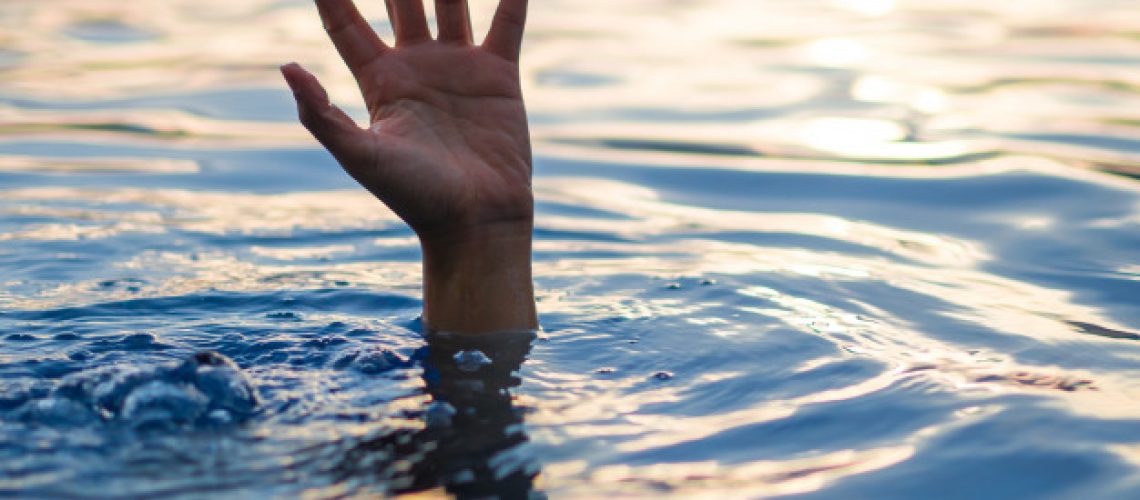Nobody heard him, the dead man,
But still he kept splashing:
I was much further out than you thought
And not waving but drowning.
Poor chap, he always loved larking
And now he’s dead.
It must have been too deep for him his heart gave out,
They said.
Apologies to Stevie Smith for misquoting part of her 1957 poem, but doesn’t everyone know what a drowning person looks like? Many assume that a person will be splashing, shouting, and waving for help; and why wouldn’t they? That’s what we see in the movies and on television: we are conditioned to think of drowning as a violent struggle that is both noisy and physical. It is not.
Pool lifeguards and beach lifeguards are more likely to encounter a person drowning than most other people. Lifeguards spend many hours observing and supervising swimmers in order to keep them safe. Our relative closeness to an incident puts lifeguards on-scene well before coastguard or emergency medical services arrive. It is important as rescue professionals that lifeguards learn to recognize the different behaviors associated with aquatic distress and drowning. We can then make informed decisions during emergencies. Without training it can be difficult to differentiate (particularly with young children) between playing, distress and a potential fatality.
Drowning can be defined as “the process of experiencing respiratory impairment due to submersion/immersion in liquid.” The Instinctive Drowning Response represents a person’s attempts to avoid the actual or perceived suffocation in the water. Being unable to breath while under the water triggers a constellation of autonomic nervous system responses that result in external, unlearned, instinctive drowning movements that can be recognized by trained lifeguards: This recognition of panic and distress in the water is something lifeguards must learn and train for in order to perform their jobs effectively. This is not to say that a person in the water who is shouting and waving is fine and doesn’t need assistance. They are in what is known as aquatic distress. They are not drowning, but realize they are in trouble and still have the mental capacity (and lung capacity) to call for help. This is often the case with weak or injured swimmers. But what of those who simply cannot swim? Someone who has never learnt to swim? What do these people look like? What are some of the characteristics of a drowning non-swimmer?
Characteristics of the Instinctive Drowning Response in a non-swimmer:
1. From beginning to end a person’s body remains vertical and upright in the water, with no evidence of any supporting leg-kick. They are stationary in the water, making no forward or backward movement. Their head is often tilted back as though looking at the sky; if the casualty has long hair this can partially cover the face; eyes can either be wide and unfocussed, or closed.
2. Except in rare circumstances, drowning people are physiologically unable to call out for help. The respiratory system was designed for breathing. Speech is a secondary, or overlaid function. Put simply, breathing must be fulfilled before speech occurs. Drowning people’s mouths may sink below and reappear above the surface of the water many times. The mouths of drowning people are not above the surface long enough for them to exhale, inhale, and call out for help. The drowning person’s mouth is not clear of the surface long enough to breath normally, let alone shout for help.
3. Drowning people cannot wave for help. Instinct forces them to extend their arms out to the side and press down on the water’s surface with their hands. This pressing down allows the drowner to temporarily gain height. Their head/face/mouth will break the surface of the water, but this will not be long enough to breath normally: gravity then takes over and the casualty will immediately sink back under the water.
4. Throughout the drowning process drowners cannot voluntarily control their movements, particularly their arm movements: drowning people who are struggling on the surface cannot suddenly stop drowning and perform voluntary movements such as moving toward a rescuer, or reaching out for a piece of rescue equipment. They are unresponsive and unable to self-rescue.
5. Unless rescued by a trained lifeguard a non-swimmer will only struggle on the surface of the water for between 20 and 60 seconds before final submersion occurs.
Drowning is silent and rarely the waving, shouting affair we are conditioned to expect after watching a 1990’s edition of Baywatch.
It is important that pool and beach lifeguards quickly recognize and respond when faced with a drowning non-swimmer: they should be able identify and differentiate between different types of aquatic emergencies. If as water rescue professionals lifeguards can do this, their rescues become more effective, leading to many more positive outcomes.






